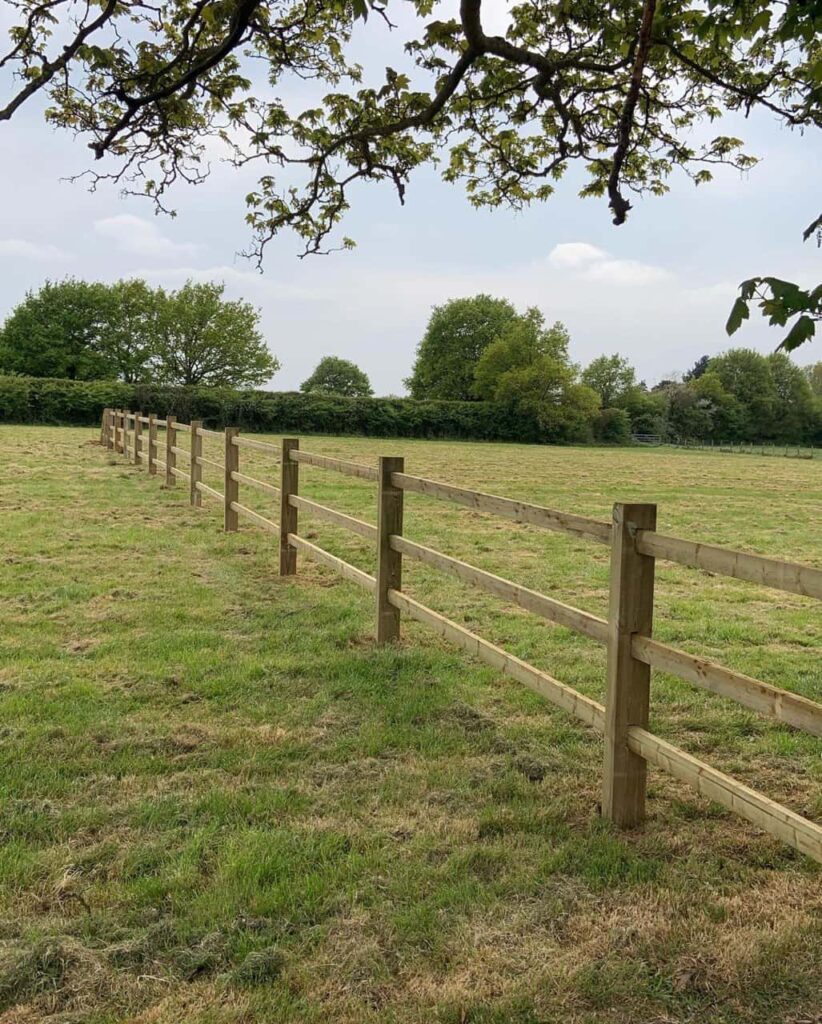Why Wood Still Beats Vinyl for Fencing Aesthetics
When choosing fencing materials, it’s easy to get caught up in promises of “low maintenance” or “lifetime durability.” Vinyl fencing has been marketed for years as a modern, convenient option—but when it comes to visual appeal, warmth, and character, traditional wood fencing still leads the way.
At Fast Fix Fencing Ely, we’ve seen firsthand how property owners in Ely and the wider Cambridge area gravitate toward wood not just out of tradition, but because it simply looks better. It blends, it ages with grace, and it carries a sense of place that vinyl just can’t replicate. Here’s why wood remains the go-to material when looks really matter.
Wood Adds Natural Warmth That Vinyl Can’t Match
Walk down any countryside lane or stroll through a well-landscaped garden, and it becomes instantly clear—wooden fencing feels more inviting. The tones, textures, and imperfections in natural timber create a warm, organic look that vinyl struggles to imitate.
- Timber grain offers a unique, non-repeating surface
- Shades of cedar, pine, or oak complement surrounding greenery
- Wooden fences evolve with age, developing a richer tone
Vinyl, in contrast, tends to appear flat or overly uniform. While it may mimic the look of timber from a distance, it rarely holds up to close inspection.
Customisation is Easier and More Impactful with Wood
One of the major benefits of wood is its flexibility when it comes to design. You can cut, stain, paint, or carve it in ways that vinyl simply doesn’t allow. Whether you’re aiming for a quaint cottage aesthetic or something more contemporary, wood provides a creative playground.
Examples of customisation with timber fencing:
- Add decorative lattice tops for added elegance
- Vary post heights for a staggered visual effect
- Paint to match home trim or garden features
- Easily incorporate trellis sections for climbing plants
Vinyl offers far fewer opportunities to personalise beyond a handful of prefabricated colours and shapes. If visual harmony with your property is a priority, wood is the superior material.
It Compliments Traditional and Modern Architecture
Wooden fencing isn’t just for rustic cottages or heritage homes. With the right design, it can also complement modern and minimalist builds, particularly when using vertical slats, clean lines, or painted finishes.
In places like Ely, where you find a mix of period homes and new-builds, wood bridges the gap with ease. It can be made to feel historic or fresh, depending on the approach. Vinyl, on the other hand, often carries a more suburban or mass-produced appearance, which can feel out of place in bespoke or natural settings.
Better Integration with Gardens and Green Space
Fencing doesn’t stand alone—it’s part of your outdoor landscape. Wood works with nature, not against it. Wooden fences are ideal for gardens because:
- Plants attach more easily to the porous surface
- Colour tones shift naturally with changing seasons
- The material doesn’t clash with organic textures
Whether you’re growing roses along a fence or using it as a backdrop for your landscaping, timber enhances the space visually and practically.
Maintenance Isn’t as Burdensome as People Think
Yes, wooden fences require care. But modern treatments and finishes have significantly improved durability and weather resistance. Many homeowners find that a yearly inspection and a bit of paint or stain is well worth the visual rewards.
Basic care tips include:
- Applying protective stain every few years
- Checking for loose panels or warping after strong weather
- Trimming plants and soil contact to prevent premature wear
In return, you get a material that evolves beautifully over time and continues to add character to your property.
Wood Ages Gracefully—Vinyl Ages Poorly
One of the biggest aesthetic downsides to vinyl is how it looks after a few years in the elements. While vinyl may be tough, its appearance can suffer over time:
- Exposure to sun may cause fading or yellowing
- It can crack under impact or in cold weather
- Dirt and mould are harder to remove from the plastic surface
By contrast, wood ages with charm. A fence that’s a decade old may take on a silvered, rustic patina that enhances rather than detracts from the look of a property.
Psychological and Emotional Appeal
There’s also something deeper to be said about how wood makes people feel. It’s warm to the touch, it smells pleasant when cut or treated, and it has roots—literally and figuratively—in craftsmanship and tradition.
For many in Cambridge and rural surroundings like Ely, choosing wood is not just a practical decision, but an emotional one. It connects us to nature, tradition, and the tactile quality of real materials.
Conclusion
In a world of synthetic alternatives and prefabricated shortcuts, wooden fencing remains the gold standard for aesthetic appeal. It offers unmatched versatility, complements a variety of home styles, and brings a natural charm that vinyl simply can’t reproduce.
At Fast Fix Fencing Ely, we continue to recommend wood for those who value timeless design, customisation, and authenticity. If you’re planning a new path, garden boundary, or full property enclosure, let us help you choose a material that not only functions—but looks beautiful doing it. Get in touch today to explore what’s possible with wood.
Call us on: 01353 881 699
Click here to find out more about Fast Fix Fencing Ely
Click here to complete our contact form and see how we can help with your fencing needs.

